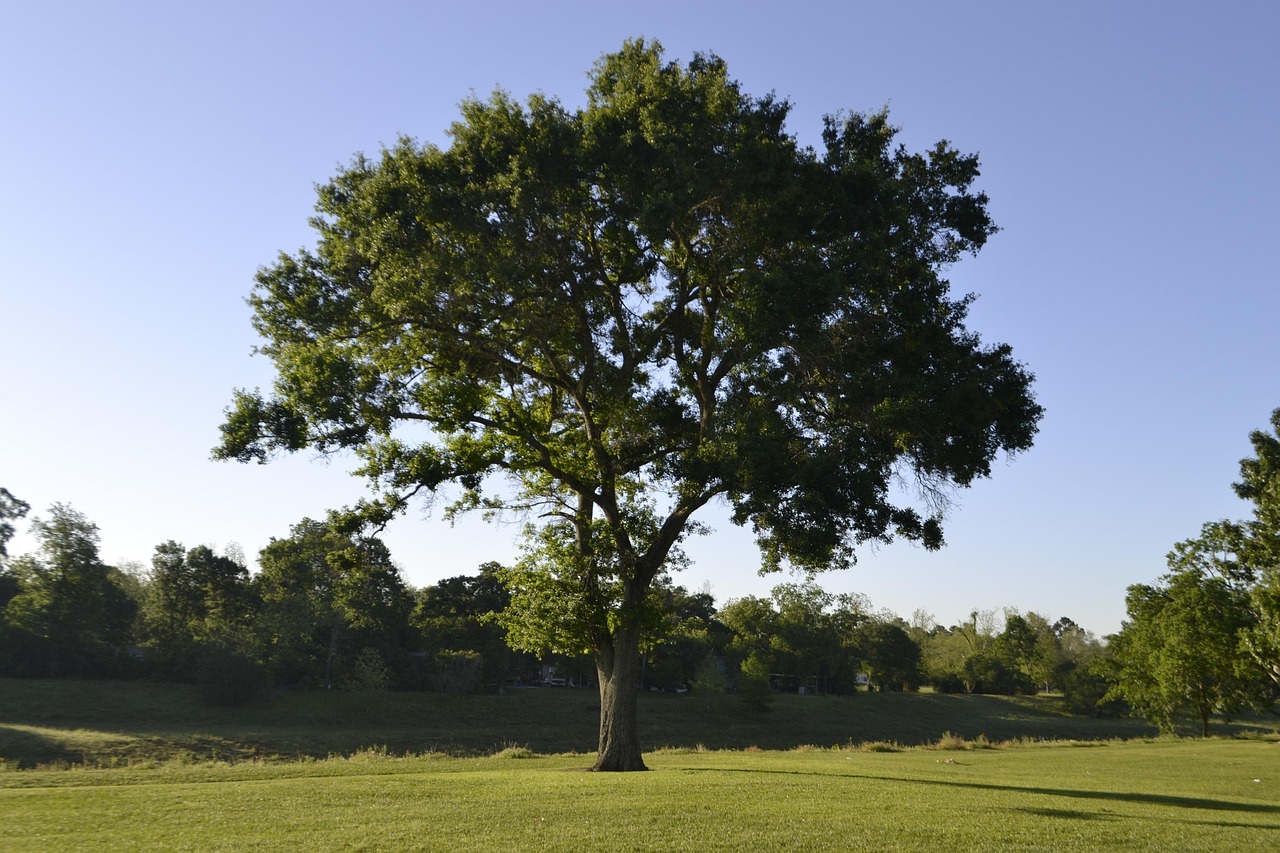(Image credit: Catherine Dempsey)
The “bluebird of happiness” is more than just a poetic phrase—it’s a powerful symbol of how we chase joy. But according to psychology, true happiness isn’t something we find someday. It’s something we can notice right now.
What Is the Bluebird of Happiness?
You might recognize the phrase from old stories, fairy tales, or even songs—“the bluebird of happiness” is a classic metaphor for joy, peace, and emotional fulfillment. In many cultures, a sighting of a bluebird symbolizes good fortune and optimism. But there’s a deeper meaning tucked beneath the feathers.
In psychology, this “bluebird” has evolved into a metaphor for the pursuit of happiness—a concept that reflects both our desire for emotional well-being and the challenge of defining or capturing it.
Psychology’s Take on Chasing Happiness
While the bluebird represents joy, psychologists warn that constantly chasing it might actually cause us to overlook the happiness already in front of us.
Here’s the paradox:
Many people believe happiness is something to be “found” in the future—after a promotion, after moving to a dream location, or after achieving a certain life goal. But research in positive psychology suggests that this mindset can lead to chronic dissatisfaction. When we pin our happiness on future achievements, we delay joy and undervalue the present.
This is sometimes referred to as the “arrival fallacy”—the belief that you’ll be happy once you arrive at a certain point in life.
So, Where Is Your Bluebird?
The idea of the bluebird of happiness reminds us that joy isn’t hidden in some far-off land. It’s often in our ordinary moments—quietly waiting to be noticed.
Maybe it’s the smile of a loved one, the laughter shared over coffee, or even the feeling of sunlight through your window. The bluebird is there—not flying away, but waiting for you to pause and see it.


